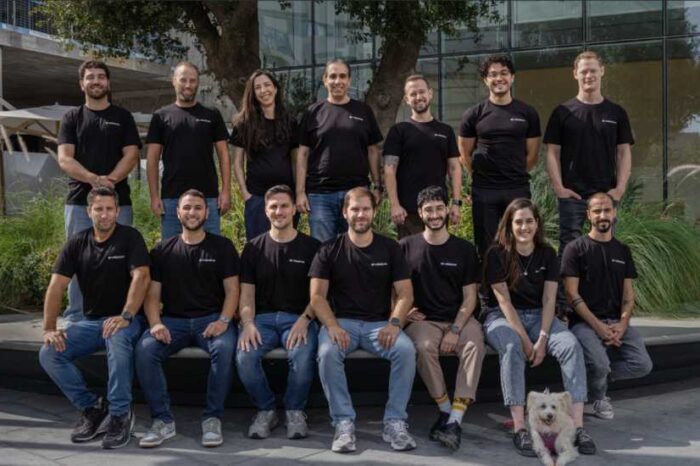DeepSeek launches FlashMLA: A breakthrough in AI speed and efficiency for NVIDIA GPUs

Following the success of its R1 model, Chinese AI startup DeepSeek on Monday unveiled FlashMLA, an open-source Multi-head Latent Attention (MLA) decoding kernel optimized for NVIDIA’s Hopper GPUs. Think of FlashMLA as both a super-efficient translator and a turbo boost for AI models, helping them respond faster in conversations and improving everything from chatbots to voice assistants and AI-driven search tools.
This release is part of DeepSeek’s Open Source Week, highlighting its effort to improve AI performance and accessibility through community-driven innovation.
In a post on X, DeepSeek said,
“Honored to share FlashMLA – our efficient MLA decoding kernel for Hopper GPUs, optimized for variable-length sequences and now in production.”
🚀 Day 1 of #OpenSourceWeek: FlashMLA
Honored to share FlashMLA – our efficient MLA decoding kernel for Hopper GPUs, optimized for variable-length sequences and now in production.
✅ BF16 support
✅ Paged KV cache (block size 64)
⚡ 3000 GB/s memory-bound & 580 TFLOPS…— DeepSeek (@deepseek_ai) February 24, 2025
What Makes FlashMLA a Big Deal
FlashMLA is designed to maximize AI efficiency. It supports BF16 precision, uses a paged KV cache with a 64-block size, and delivers top-tier performance with 3000 GB/s memory bandwidth and 580 TFLOPS on H800 GPUs.
The real magic is in how it handles variable-length sequences. This significantly cuts down computational load while speeding up AI performance—something that has grabbed the attention of AI developers and researchers.
Key Features of FlashMLA:
-
High Performance: FlashMLA achieves up to 3000 GB/s memory bandwidth and 580 TFLOPS computational throughput on H800 SXM5 GPUs, utilizing CUDA 12.6.
-
Optimized for Variable-Length Sequences: Designed to efficiently handle variable-length sequences, enhancing decoding processes in AI applications.
-
BF16 Support and Paged KV Caching: Incorporates BF16 precision and a paged key-value cache with a block size of 64, reducing memory overhead during large-scale model inference.
How It Improves AI Performance
🚀 Faster Responses
AI models typically process information before generating a reply. FlashMLA makes this process significantly quicker, improving response times, especially for longer conversations.
🧠 Handles Extended Conversations Without Lag
AI chatbots store conversation history in memory (KV cache). FlashMLA optimizes this, ensuring AI keeps track of discussions without slowing down or overloading hardware.
💻 Optimized for High-End AI Systems
Built for NVIDIA’s Hopper series GPUs, FlashMLA runs at peak efficiency on advanced AI hardware, making it an ideal solution for large-scale applications.
Why It Matters
Since FlashMLA is open-source, AI developers can use it for free, refining and building upon its capabilities. This means faster and smarter AI tools—whether for chatbots, translation software, or AI-generated content.
Real-Life Example
Picture this: You’re chatting with a customer service bot. Without FlashMLA, there’s a noticeable pause before each response. With FlashMLA, replies come instantly, making the conversation feel seamless—almost like talking to a real person.
In the end, DeepSeek’s push for open-source AI innovation could pave the way for even greater advancements, giving developers the tools to push AI performance to new heights.




